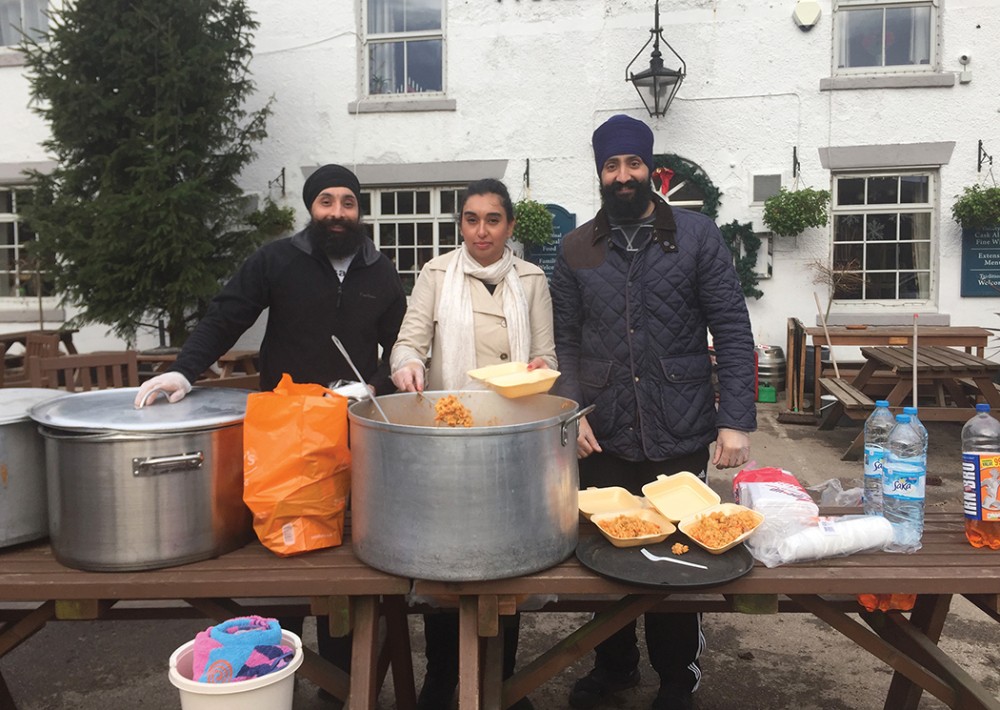Compassion in the church—and the mosque, and the temple
Christians organized the first relief agencies. Now Sikh, Muslim, and Buddhist groups abound.

All the major religions teach the virtues of charity and compassion, of almsgiving and generosity to the poor. Historically, however, Christianity was unique in developing institutional structures to organize tasks of charity and to make those agencies a central part of religious work. In modern times, that Christian precedent has been widely copied across the various faith traditions, transforming concepts of religious duty and humanitarianism. We are living through a global revolution in practical compassion.
Christian encounters with other faiths developed during the great missionary era of the 19th and early 20th century and were reinforced by experiences of immigration in the second half of the 20th century. In both eras, members of other faiths were startled and later intrigued by the scale and sophistication of Christian charitable endeavors, which were so different from the unfocused efforts they already knew. Partly those other believers were concerned about preventing Christian expansion in their homelands, but many were excited by the practical opportunities they saw opening before them. Immigrants of non-Christian faiths who grew up in traditionally Christian societies saw the work of such agencies as a natural aspect of religious life and assumed that their own faiths would adopt the same kind of mass voluntarism.
Just how similarly the different religions came to view charitable activities was evident following the catastrophic fire that overwhelmed the Grenfell Tower block in London in 2017, killing over 70 people and leaving many homeless. The local government response to the humanitarian crisis was inadequate, leaving relief to the different faith groups, which performed splendidly. As in any crisis or disaster in modern Britain, victims and first responders of any faith knew they could rely on the Sikh charity Khalsa Aid for hot meals, served with love and care (and with serious attention to the dietary concerns of all recipients). Local churches, Pentecostal and Anglican, were deeply involved in short- and long-term relief activities. But the main center of the relief effort was the local mosque, which offered food, clothing, and temporary housing. Mosques and churches became donation centers for food and supplies of all kinds, overnight assuming the role of central warehouses.





